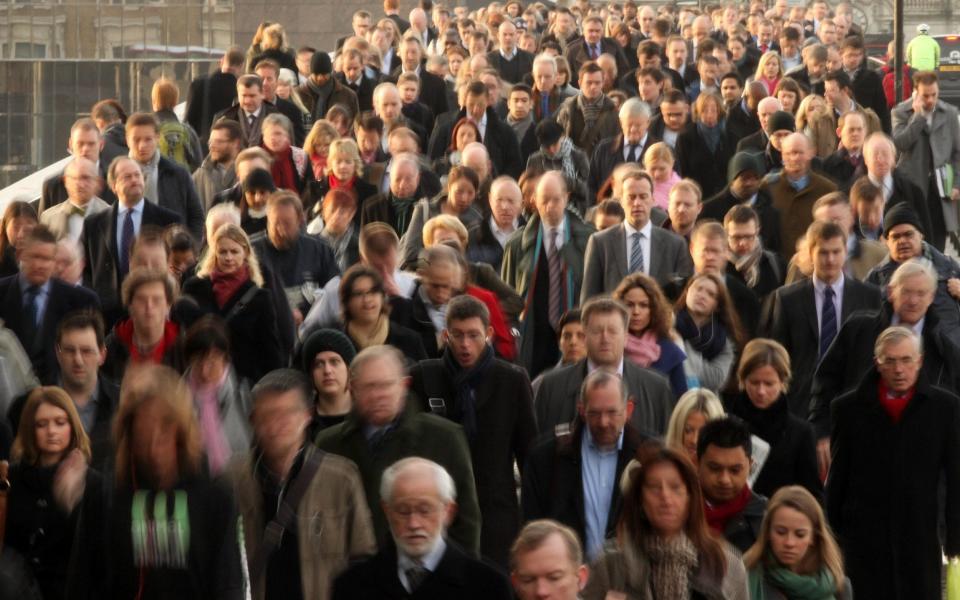Government pension rules mean 9 million now saving for the first time

The number of people putting money away for retirement under the Government's flagship savings programme has surpassed nine million for the first time.
Official figures published yesterday show "automatic enrolment" has led to a surge in long-term savings via company schemes.
Twenty years ago "final salary" schemes were common, paying guaranteed, inflation-proofed retirement income for life. But the increasing burden of supporting these gold-plated pensions forced almost all firms to close them to new members.
Following years of debate over how to bridge Britain's savings gap, the Coalition government introduced rules to force companies to enrol staff into pension schemes from October 2012.
Initially only the largest companies, such as supermarkets, had to comply but eventually all firms, even those with one staff member, will have to set up and pay into pension plans.
At the moment employers must pay 1pc of an employee's salary into a pension, with the worker adding another 1pc.
From April 2018, this will rise to 2pc and 3pc respectively. Analysis from consultancy Willis Towers Watson shows this will lead to a £520 a year drop in income for someone earning £45,000 a year.
This will result in an extra £1,165 going into a pension each year, once contributions and "tax relief" due on pension savings is taken into account.
Staff aged between 22 and the state pension age and who earn £10,000 a year or more must be added to schemes by employers. Employees outside of those ranges can join but must request to.
Savers can "opt out" of joining but, to date, few have. It is expected once the minimum contributions rate rises next year, this figure may increase. Rates will increase once more in April 2019, when employers must save 3pc and employees 5pc of salaries.
A Government review of auto-enrolment is due to be published before Christmas and is expected to recommend raising rates even further and expanding the scope of the programme to younger workers and the self-employed.

 Yahoo Finance
Yahoo Finance 